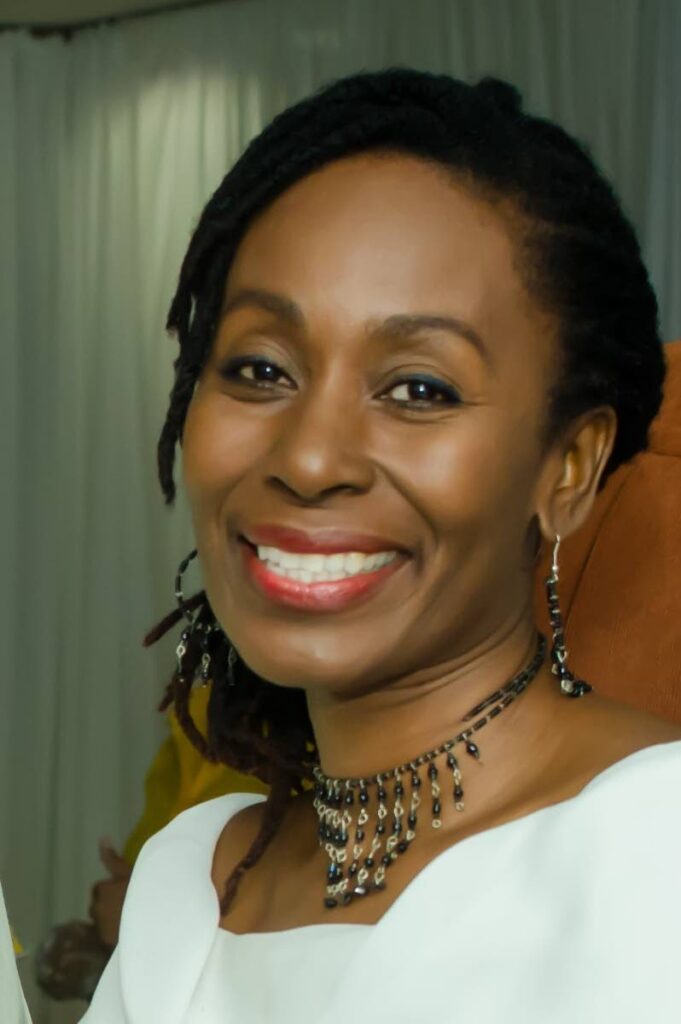Hidden stories in our audio-visual heritage

Dara E Healy
DURING rehearsal, we would put on a VHS tape to review dances choreographed by our founder, Astor Johnson.
We would sit on the dance floor looking up at the grainy images, while the ones who had the most experience dancing with him guided us through the steps.
Marlon seemed to be designated "keeper of the tapes," so it was often his job to make sure the television and other items were prepared for our viewings. Whenever there was a disagreement, one of the seniors would assertively say, “Check the tape and you’ll see.”
Tomorrow’s UN commemoration of World Day for Audio-Visual Heritage is an important one. Creating and maintaining audio-visual and other records is a key component in the development of a nation. In many ways, our future lies in the hidden tales and catalogues of archives.
The UN asserts that audio-visual archives are “an affirmation of our collective memory and a valuable source of knowledge since they reflect the cultural, social and linguistic diversity of our communities.” UNESCO has developed a global archive of cultural, intellectual and other works called Memory of the World.
Not surprisingly, TT has several collections in this repository. These include works from our first prime minister Dr Eric Williams to the writings of Sir Learie Constantine. Constantine’s pioneering cricket career opened the way for players of African descent to compete in the UK after the Second World War. There are also children-friendly collections.
For those of us concerned with the preservation of history, it is always painful when archives are lost or destroyed. After the failed 1990 coup, audio-visual records that were important for our nation were forever lost from the TTT archives.
If you can believe it, there have been at least five major fires in the capital city where valuable, original documents were destroyed. Key institutions such as the Port of Spain City Council, the Treasury and Post Office suffered grave losses. The most famous incident was the fire at the Red House, during the Water Riots of 1903.
After years of discussing how to better protect our archives, funds for archiving in Trinidad were eventually allocated in the 1956 budget by Dr Williams, under the line item "Preservation of Archives." Arrangements were also made for treating with this urgent matter in Tobago.
I imagine that the Red House fire would have destroyed everything from registers to account books, journals, meeting minutes, maps, newspapers, government publications and even photographs.
But there would have been other sources of information. For instance, the various belief systems would no doubt have kept records on personal details such as births, deaths and marriages. Colonial authorities also had the Registry of Enslaved Africans, records of remittances by indentured Indians or arrival records for Chinese workers.
The national archives of the UK and Spain – countries that maintained colonial authority over TT – also maintained considerable information and reports.
It is not surprising that in the information age, we take the storage and preservation of data for granted. The numbers are staggering. Daily, almost one billion e-mails are sent, some 32 billion people are on Facebook and 95 million photos and videos are shared on Instagram. Google processes about 40,000 searches every second. Yet, I was taken aback to read that “25 per cent of web pages posted between 2013 and 2023 have vanished.”
Of course, although there are now new ways to collect and preserve data, a conversation around the permanence of data stored on the internet or elsewhere is well outside of my knowledge and the remit of this column. I simply raise these questions in light of the importance of how all of this impacts our heritage.
Without solid records, think of how much more challenging it would be for those fighting for reparations for enslaved Africans and Indigenous communities. How can our archival institutions and libraries establish deeper connections with young people? Without records, the disagreements over Astor’s choreography would not have been resolved so easily.
All of this is an important lesson for me as I have not been rigorous enough in documenting my own choreography and other creative works. In time, I think it would be rather satisfying to see young dancers gathered around a screen studying my work.
Documentation for creatives is essential, not simply to build a portfolio, but to establish legacy. Let me stop writing eh. I have some boxes of tapes to dig through.
Dara E Healy is a performing artist and founder of the Indigenous Creative Arts Network – ICAN

Comments
"Hidden stories in our audio-visual heritage"